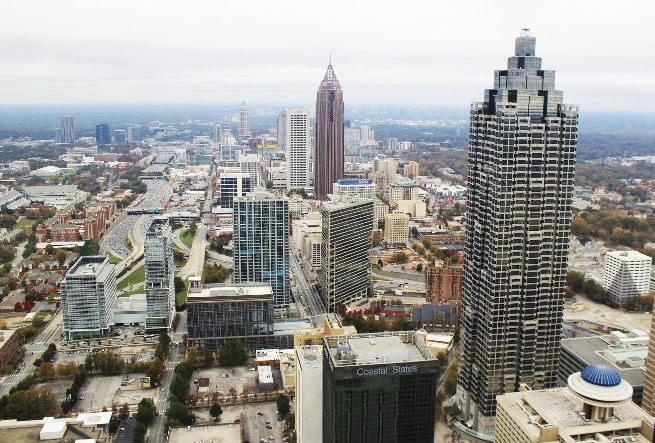
What an NNG designer must be an expert in? How does a design process take place? How does a car UI differ from a mobile or web interface?
New week, new start – new project kick-off meeting at North America office. We gathered in the conference hall for a conference call with our colleagues joining from various US cities such as Detroit, LaGrange and Seattle, and even with developers from Szeged, Hungary to consult them during the call. Work contours for the project task were outlined: at a car show, the client intends to demonstrate how the so-called ‘advanced driver assistance system’ works aboard their vehicle. Essentially, ADAS is an on-board road safety system designed to alert the driver of hazardous road conditions. Let’s have a closer look at what hazards can occur in this context: pedestrians or cyclists appearing or crossing all of a sudden, poor road surface, etc. The system displays the various sources of danger and alerts the driver accordingly. However, not all types of hazards have the same weight. The system must be able to distinguish among traffic participants, assess how much danger they could potentially pose, and display them in various ways.

One thing was certain: it’s going to be a complex task. I always thought that such large multinational companies had in place policies and positions set in stone with an established workflow routine applied to all projects, with each and every staff member doing work subtasks that follow from their respective job profiles. However, the very first meeting proved that my hypothesis was not fully correct. The primary goal is to work effectively as a team, and to ensure that the task is done as quickly and accurately as possible. So, we should always consider the particular task before us as a starting point, and assign work tasks accordingly and not to positions.
Although everyone at the company has a core task, I can say that all designers whom I worked with here in the US are skilled not only in their narrow fields of expertise. I have met genuine ‘design unicorns’ here in South Carolina. For example, UX specialists are fully competent in 3D, too, UI designers in video cutting, or the Head of Consultant in industrial design, etc. I really like the attitude that work duties of a designer are determined by the project itself and not by the business card title. Of course, this is largely due to their widely varied backgrounds as they graduated from various universities, and have work experience in diverse fields.

Another interesting thing I learned in context with the project was that the UX rules applicable to designing a car interface are twice as stringent as those to a mobile application or a website design. While it is obvious that, for an application developed for mobile phones, users cannot be expected to concentrate solely on our product, it is even more true when it comes to car interfaces. During design work, we must take into account that users will focus primarily on driving, and not the interface we developed. Therefore, it must be designed so as to minimize distracted driving. We cannot expect users to look at the interface for long minutes. All information and buttons must be perfectly clear and understandable at a glance as users often have just seconds to focus on the screen.
For the same reason, frequently used functions (all functions, if possible) should not be embedded into a highly hierarchized system where drivers are forced to navigate through a multiple level menu system to get to the desired settings.
Interfaces developed for cars need a special approach not only from UX but also from UI design aspects. Of course aesthetic design is a fundamental requirement but the external appearance should never be at the expense of understandability and usability. While for mobile applications we like to follow trends and we love to have a UI that fits nicely to design requirements of the phone operating system, the automotive industry is characterized by a completely different approach. The primary requirement of clients is to ensure that interfaces also communicate brand experience. Therefore, it is not only design aesthetics and usability that matter but also the extent to which an interface can convey the brand-related sense of life and harmonize with its surroundings, i.e. car interiors. A good interface fits into the on-board interior as a building block of a larger system, namely car design and brand message.



